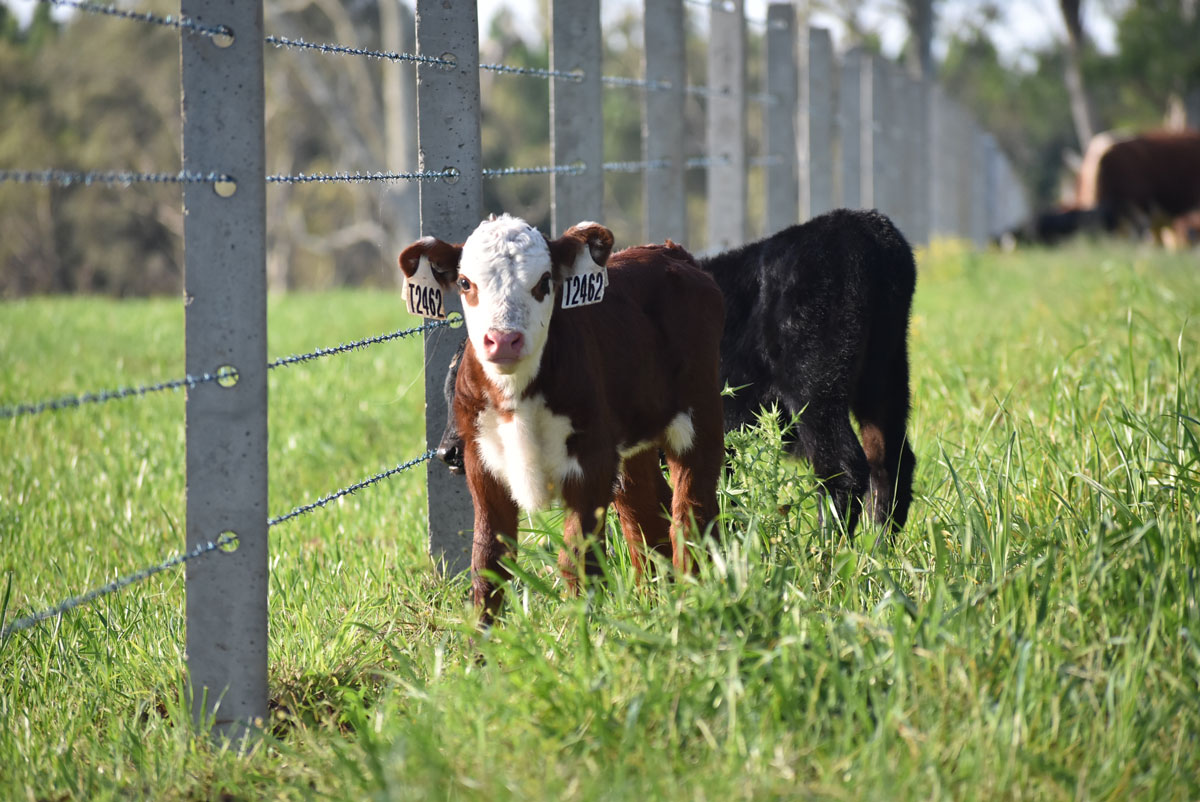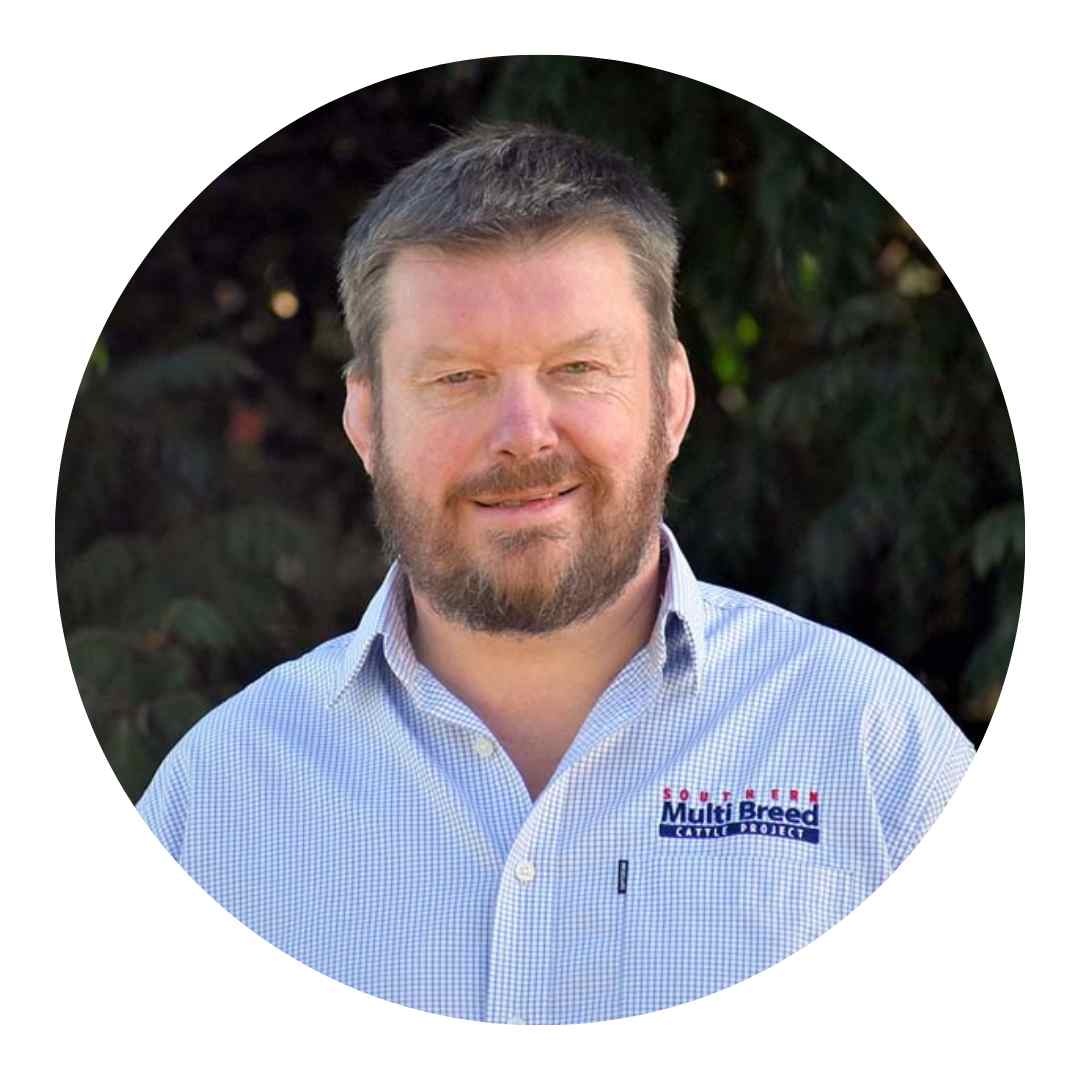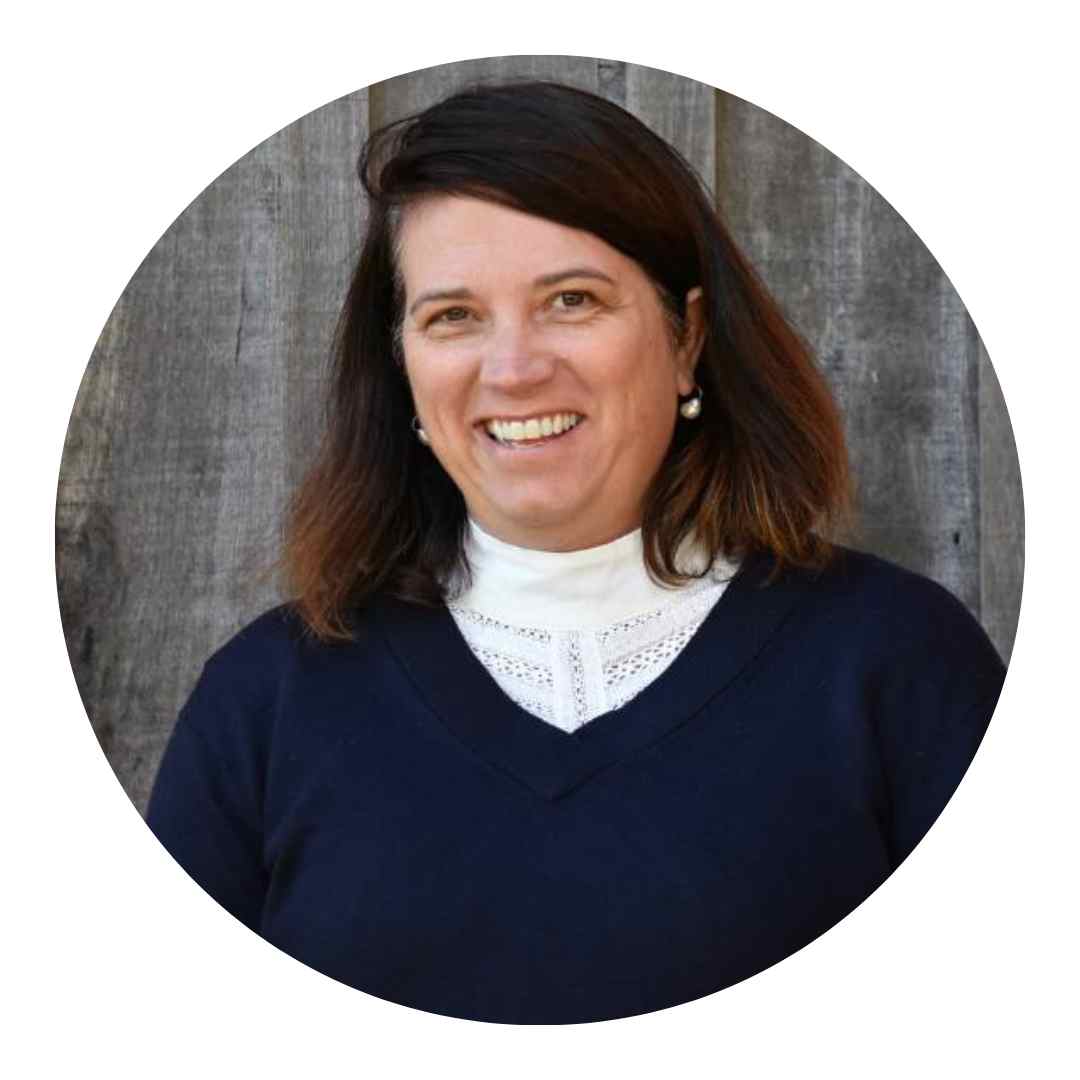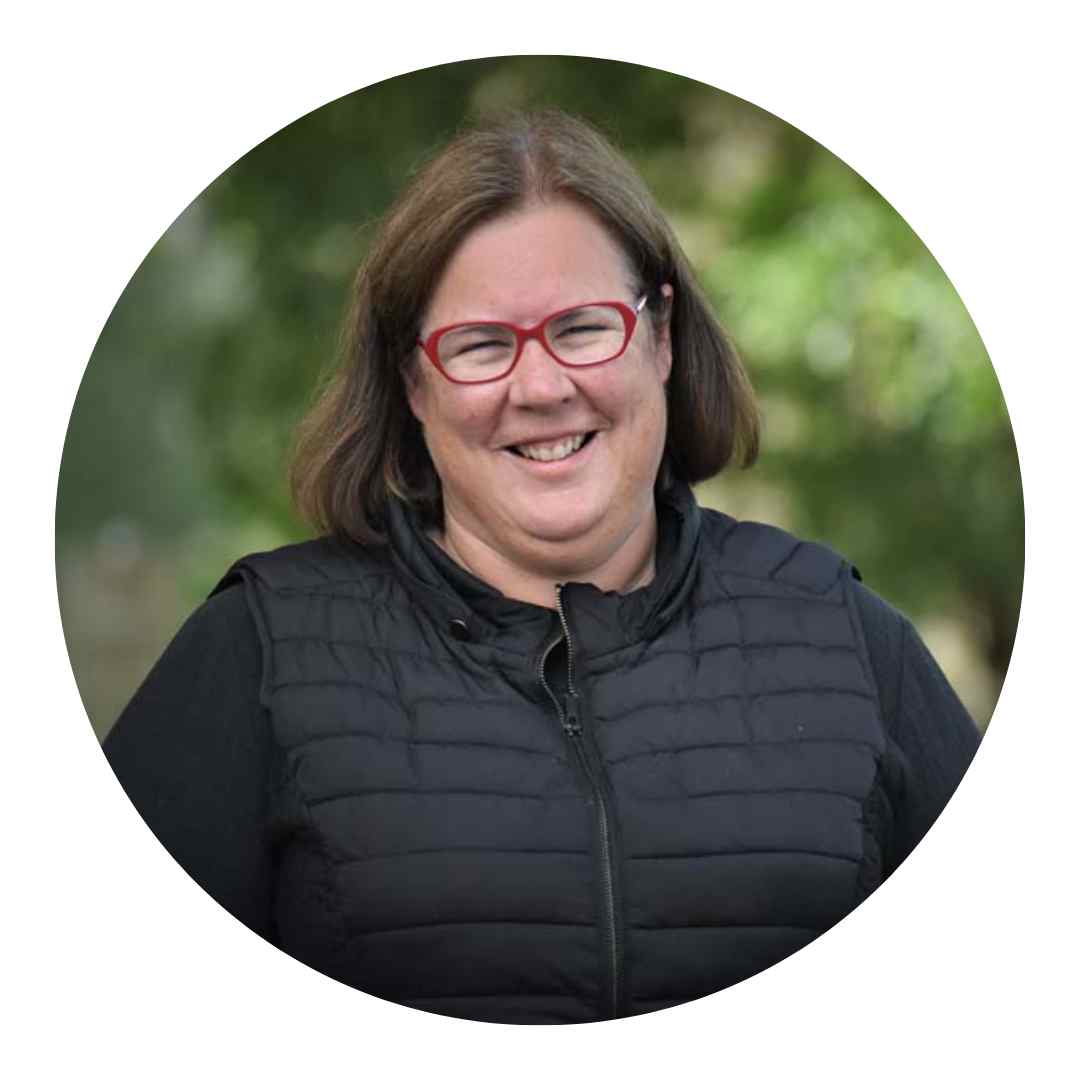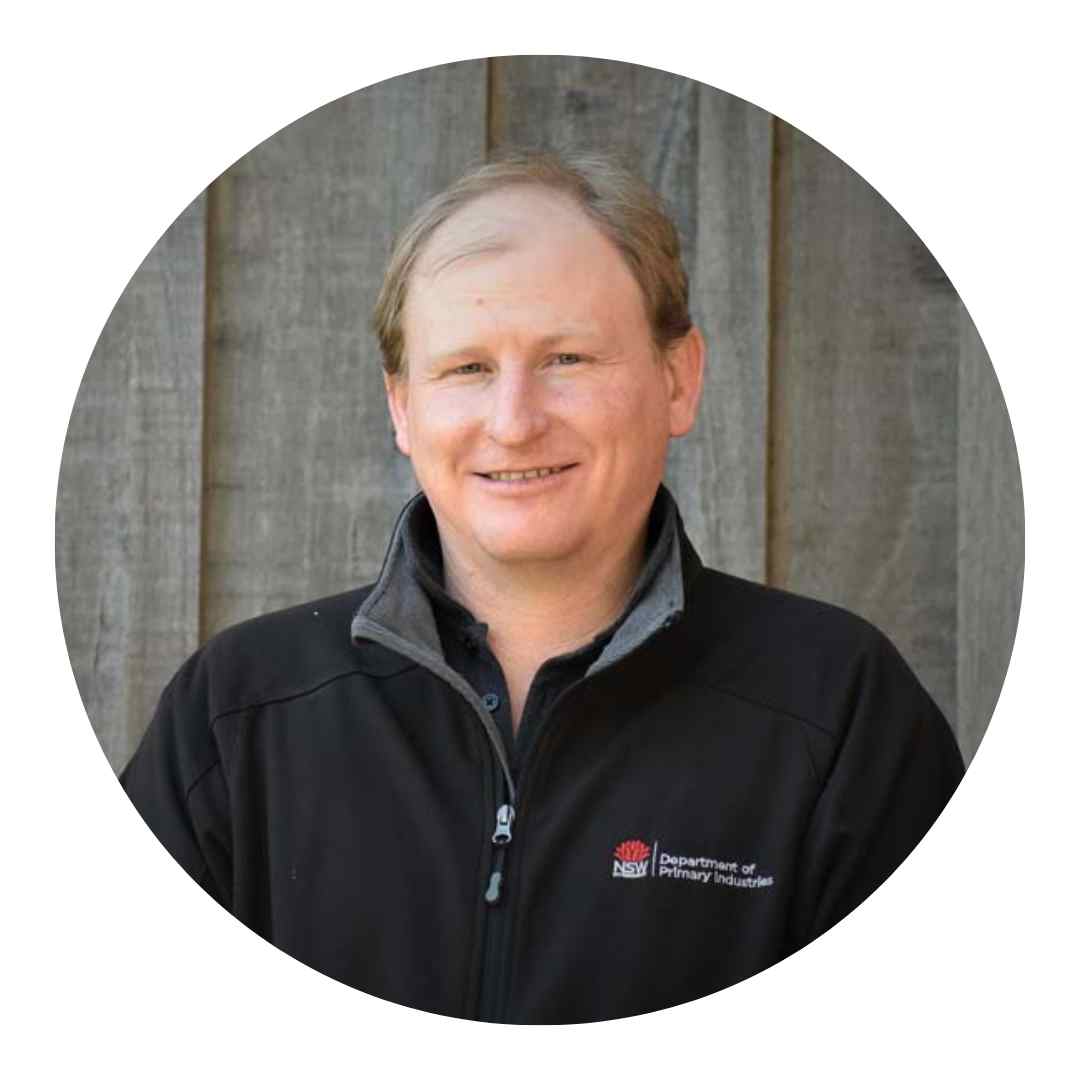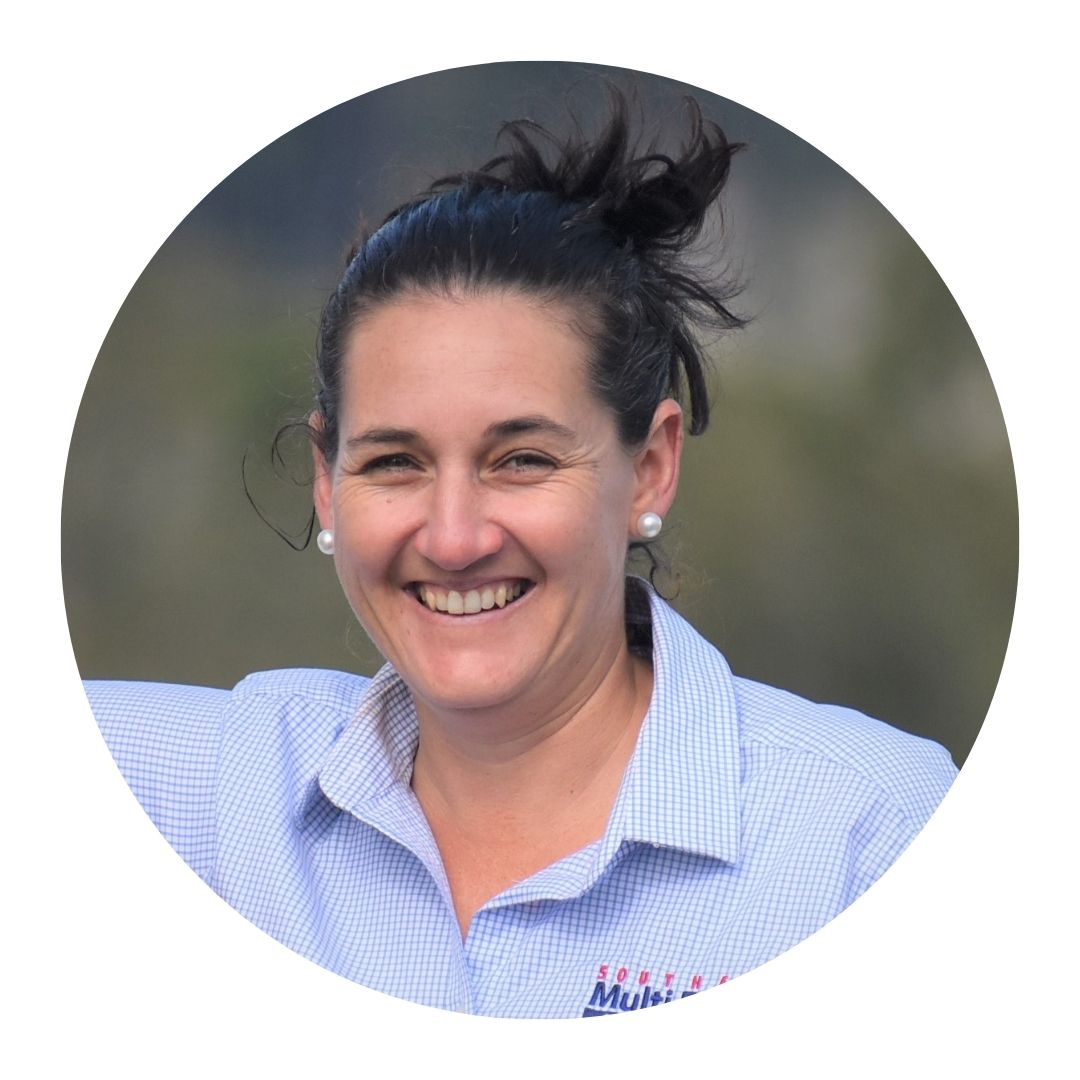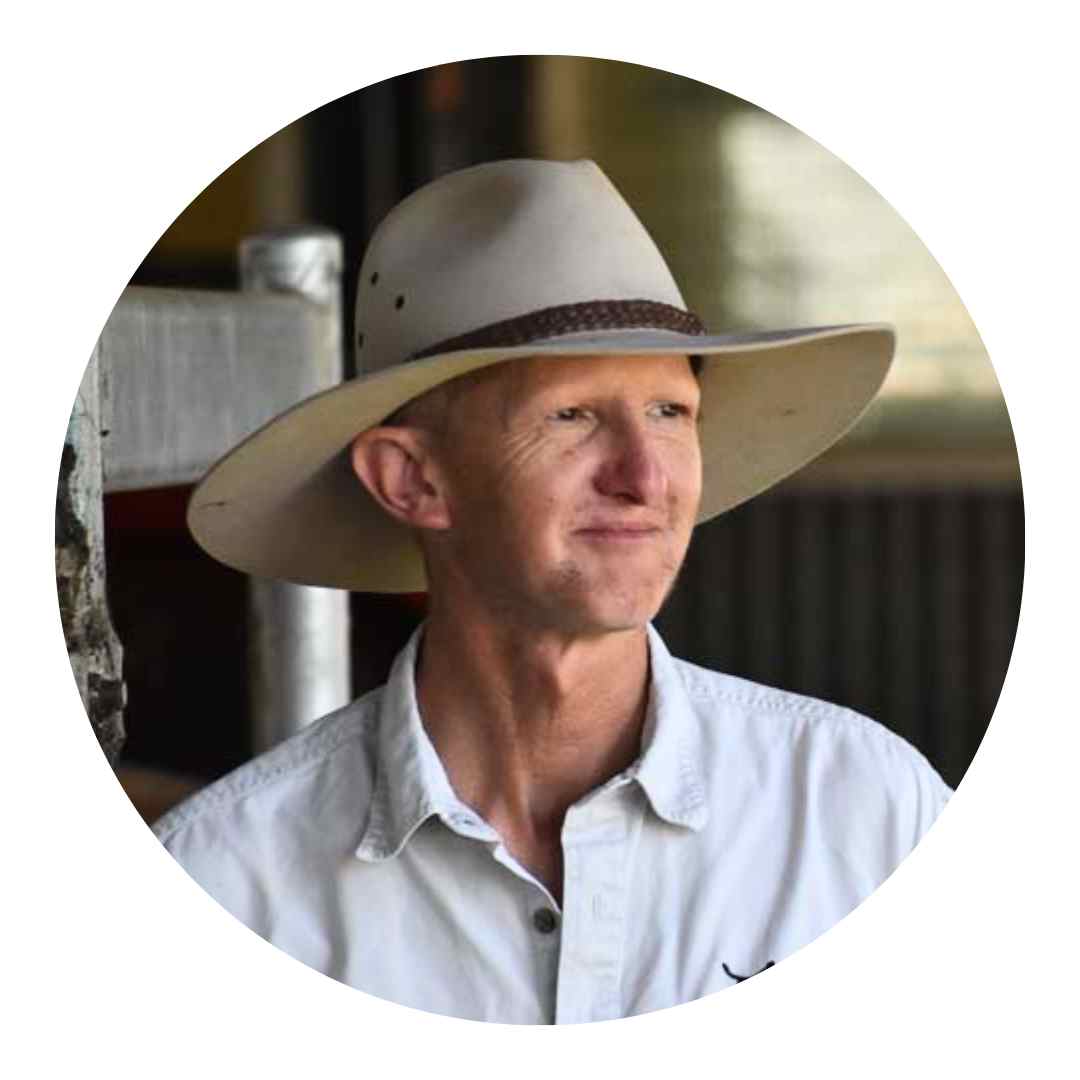Frequently Asked Questions
What breeds are incorporated into the Southern Multi Breed project?
Angus, Hereford, Shorthorn, Wagyu, Charolais and Brahman. The Brahman are at Grafton only due to the sub-tropical environment.
How were the breeds chosen for this project?
The breeds were chosen for this project based on the influence each has on beef production in Southern Australia. This was defined by ranking the number of annual registrations within BREEDPLAN at the beginning of purchasing females for the project in 2019.
The Brahman breed was selected as a link to the Repronomics project, in Queensland and the Northern Territory.
Does the project include any crossbreeding?
The Southern Multibreed project is predominantly based on straight-bred mating’s to create direct comparisons between breeds. There is however a small element of crossbreeding occurring at the Grafton site on the North Coast of NSW. This crossbreeding is focused on Brahman x Angus and Brahman x Hereford mating’s, with both Brahman bulls mated to Angus and Hereford cows and Hereford and Angus bulls mated to Brahman cows.
Where is the project taking place?
The project is assessing the performance of the five temperate breeds across five DPI research stations and the Brahman breed at the Grafton site. The sites include:
- Trangie Agricultural Research Centre
- Grafton Primary Industries Institute
- Tocal Agricultural Institute
- Glen Inness Agricultural Research and Advisory Station and;
- Elizabeth Macarthur Agricultural Institute
These sites were selected to represent the potential range of production environments for beef cattle in NSW.
What are the new traits being recorded in the project?
- Horn / poll phenotype (type and size)
- Immune competence (immune response at weaning)
- Methane production
- 1st lactation anoestrous (rebreed intervals)
- Age at puberty
- Meat quality
How are sires chosen?
The sires for Southern Multi-Breed are selected to be representative of the genetic diversity present within each breed. The sires chosen included both AI sires, selected from sires nominated by industry and some to provide direct linkage to past research (including Beef CRC and Beef Information Nucleus projects) and those purchased from industry by NSW DPI as cover sires. Preference was given to current influential sires (or their sons) in an effort to provide as best a representation of the future genetics of each breed as possible. Poll status was also considered, though not a primary driver for selection.
All bulls are pedigree and performance recorded in BREEDPLAN or its equivalent.
As of completion of the 2022 matings, greater than 400 sires have been used during the AI programs or as back-up sires.
What production systems are being used?
All heifers remain on pasture following weaning until they successfully conceive and then join the respective cow herds for their first calving. All steers are backgrounded until a group average liveweight of between 430-450 kg is reached, at which point they enter the University of New England research feedlot “Tullimba” for finishing. The Hereford, Charolais, Shorthorn, Brahman and crossbred steers are all finished for approximately 100 days while all the Wagyu steers are finished for 270-300 days. To allow comparison of the Wagyu breed with the other breeds Angus steers are used as a linkage where half of the Angus steers undertake 100 days on feed while the other half are fed with the Wagyu steers for 270-300 days.
